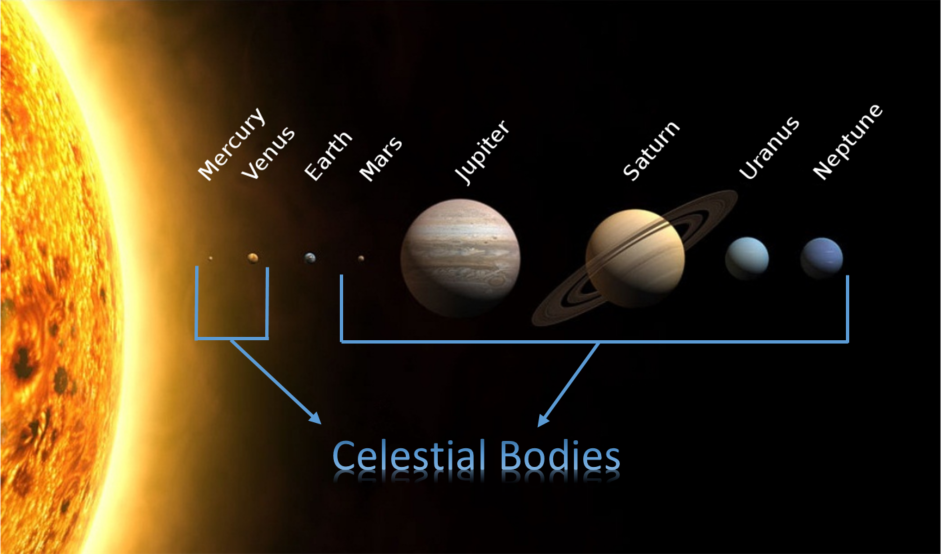Our universe is made up of many unique and complex elements, and astronomers have yet to completely figure out how to classify them all. Dwarf planets are one of those unique elements. They don’t neatly fit into already defined categories in the cosmos such as galaxies, stars, and planets, so scientists made them their own class, Dwarf Planets. There are currently five officially named planets in our solar system that scientists and researchers refer to as dwarf planets. They are Pluto, Eris, and Ceres, with Makemake, and Haumea joining the first three later on.
Interesting Facts About Dwarf Planets
- Pluto is the most controversial dwarf planet, as it used to be considered the ninth planet of our solar system. It has been reclassified twice as a dwarf planet.
- Since Eris is even larger than Pluto, it was once almost considered the tenth planet in our solar system.
- Ceres was the first-ever object to be considered an asteroid in the solar system.
- Ceres is located inside the asteroid belt between the orbits of Mars and Jupiter.
- One day on Haumea lasts 3.9 hours on Earth because it rotates much faster.
- Makemake can reach temperatures to as low as -243.2 degrees Celsius!
- There are six other objects in our solar system that are almost certainly dwarf planets, but are yet to be officially classified like the five above.
But have you ever wondered how these planets get their name? It may seem like something quite simple, but a lot of thought goes into a name. You might wonder about the factors scientists considered before classifying them as Dwarf planets. Well, the answers are outlined here.
Celestial Bodies
A dwarf planet must first be identified as a celestial body to be considered for dwarf planet status. By definition, a celestial body is a natural space object outside of the Earth’s atmosphere. Everyday examples include the Moon and the sun. Additionally, celestial bodies can have a mass that keeps expanding through the universe and can be classified as both known and unknown. Since dwarf planets are classified as small in mass, their celestial bodies are always known. In addition, a dwarf planet cannot be a moon.

Momentum and Gravity
A dwarf planet must have enough mass to assume a nearly round shape and achieve hydrostatic equilibrium. Two significant factors in play are the momentum and gravity of the planet. Momentum is the motion of a moving object, measured using mass and velocity. Gravity is the force that attracts a body towards the centre of its mass. An orbital occurs due to the momentum and gravity of the object. Therefore, for an orbital to occur, there must be a balance between the object’s momentum and gravity, also known as hydrostatic equilibrium. The illustration below depicts how momentum and gravity act on a celestial body in orbit.

Planet Orbitals
Another factor that contributes to dwarf planets is they must orbit the sun. An orbital is an orderly repeating path an object (in our case, a celestial body) takes around another one. This path tends to be in the shape of an ellipse, similar to an oval. Moreover, the orbital of a planet can determine important characteristics of a planet, such as its temperature. The diagram below depicts how the earth’s orbit affects the temperature of different geographical regions.

Dwarf Planets Have Not “Cleared the Neighbourhood“
If a planet does not “clear the neighbourhood” that means it does not have a unique orbit around the sun. To “clear the neighbourhood” a celestial body must have a gravitational dominance over the other bodies in their rotation with the sun. Since gravity is directly dependent on the mass of the celestial body, the body with the highest mass will have the highest gravity, and therefore the highest gravitational dominance over the others. Considering one of the characteristics of a dwarf planet is that they have just the right amount of mass to stay within an orbital, they cannot dominate it.
Now you have your answer! A dwarf planet is defined by being in orbit alongside a celestial body that clears its neighbourhood, and is not a moon. They appear like planets but they don’t meet certain technical criteria to be categorized as such. Until astronomical research unravels further features that might likely make them fit into other defined categories of outer space, Dwarf planets they will be.
Enjoyed this article? Visit the 4P Academy Blog for more informative pieces on a variety of fascinating topics.
If you would love to delve deeper into topics in astronomy or science in general, 4P Academy has a wealth of resources and offers great tutoring at your convenience. CLICK HERE to get started.
SOURCES
Coffey, J. Celestial Body. Universe Today. 2015. https://www.universetoday.com/48671/celestial-body/
Dwarf Planets: Interesting Facts about the Five Dwarf Planets. The Planets. 2015. https://theplanets.org/dwarf-planets/.

